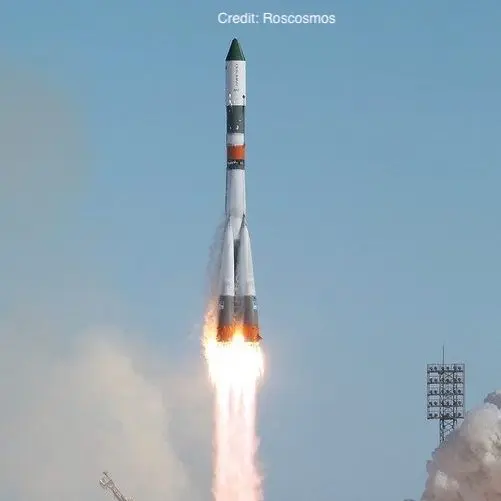Cosmos 1514
Launch Success
Liftoff Time (GMT)
07:00:00
Wednesday December 14, 1983
Mission Details
Cosmos 1514
The Bion satellites are built on the basis of the Zenit satellites, themselves derived from the Vostok spacecraft. Bion has a mass of 6t, can carry 625kg of equipment, and has an operational life in orbit of thirty days. A Bion satellite can be broken down into three parts: the Drop Compartment, the Descent Compartment (SA) and the Instrument Compartment. Only the SA Compartment is capable of returning to Earth. It contains most of the scientific payload. It is shaped like a sphere 2,3 m in diameter and has two hatches 1,2 m in diameter. The Instrument Compartment is cylindrical in shape and has a mass of 500kg. It has a diameter of 2m and a length of 50cm. It also contains scientific experiments. The Bion capsules are very similar to the Foton capsules, but have the additional capacity to house small animals. It contains animals and samples for biological research purposes. Research is also conducted on the upper atmosphere and the space environment. For the third time, scientific teams from countries outside the Soviet Union are participating in the mission, notably from France.
Low Earth Orbit
1 Payload
7,200 kilograms
Rocket


Manufacturer
RKK EnergiyaPrice
$20.00 million
Rocket
Height: 51.32m
Payload to Orbit
LEO: 6,860 kg
GTO: 0 kg
Liftoff Thrust
4,456 Kilonewtons
Fairing
Diameter: 3m
Height: 15.59m
Stages
3
Strap-ons
4
Launch Site
Stats
Soyuz U
352nd
Mission
42nd
Mission of 1983
RKK Energiya
1764th
Mission
95th
Mission of 1983
1983
122nd
Orbital launch attempt